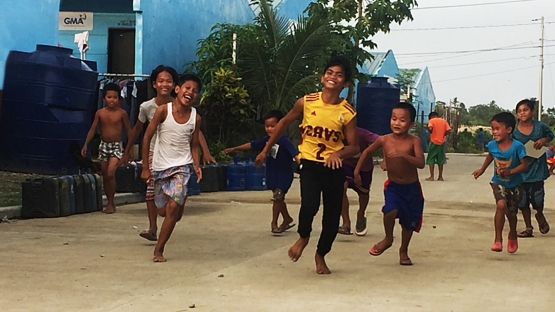Tacloban, Philippines – The drinking water of this city of 250,000 is safe, is getting regularly recharged and is not under threat by the sea. Sounds simple? This conclusion took years of research and the analysis of thousands of water samples to establish, and required the use of isotopic techniques by researchers from the Philippine Nuclear Research Institute (PNRI), with support from the IAEA and the Food and Agriculture Organization of the United Nations (FAO).
When a storm surge caused by Typhoon Haiyan, the strongest tropical storm in the world, devastated much of this city and killed thousands in 2013, local authorities faced the daunting task of reconstruction, including moving people away from the most flood-prone areas. But could the waves that swept away buildings and people have reached the city’s water reservoir?
There was a danger that the storm surge could have contaminated the aquifer – an underground layer of permeable rock containing groundwater – the city’s major water source. Salt and other flood-borne contaminants, including organic matter from animal and human corpses, could have rendered the water unfit for consumption. PRNI turned to the IAEA technical cooperation programme for assistance in the use of isotopic techniques to characterize the aquifer.







